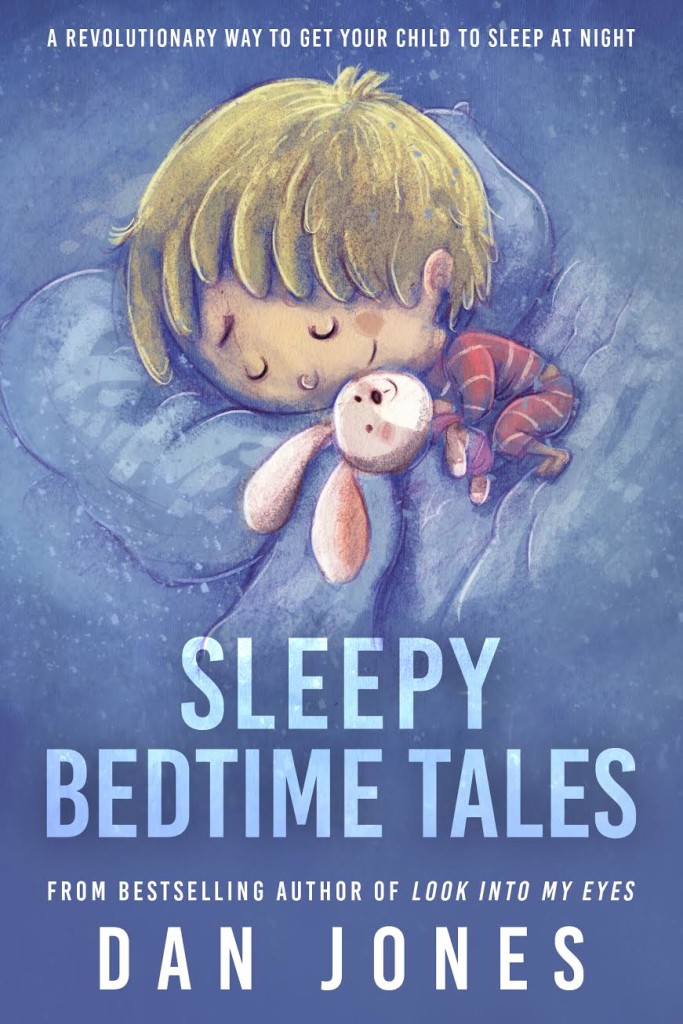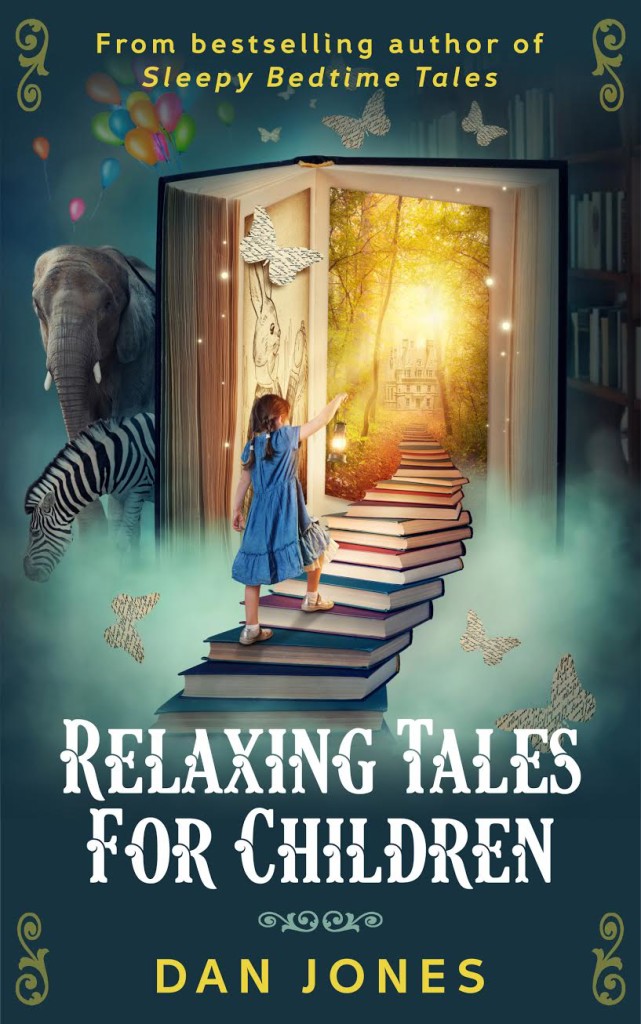Almost 20 years ago I began working in children’s homes. Many of the children had endured years of abuse and other traumatic experiences by the time they ended up in care, this impacted on their ability to feel safe, relax, and sleep at night. Due to having Asperger’s, a high-functioning form of autism I obsessed about learning communication skills. I used this knowledge with the children I was working with. The children were often happy to have stories read to them at bedtime. I used to read stories to them, but rather than putting on different voices for different characters, or reading the stories lively, I used to read them in a relaxed tone of voice in time with the child’s breathing. Any sentences with words which could be associated with relaxing or inward absorption I would say with extra calming emphasis. This slight shift in how the stories were being read often helped the children to feel calm and comfortable and fall asleep. I started teaching what I was doing to other children’s home staff and to parents to help them to be able to help children sleep comfortably at bedtime without arguments and conflict, and years later wrote two books of children’s stories based around this approach: Sleepy Bedtime Tales, and Relaxing Tales for Children.
How do you help children to fall asleep at night?
The first thing to be aware of is what actually happens for us to fall asleep. Obviously being tired helps, so not letting a child sleep during the day is a huge help, secondly the environment is important. As bedtime approaches parents can start ‘putting the house to sleep’. What I mean by this is that a few hours before bedtime parents close curtains, turn off main lights and put on small lamps to make the home dimmer, and begin to focus on doing calm, low stimulation things with the children. The focus is on slowing them down, and making the environment quieter. If children are running around until bedtime their heart will be racing and they will be excitable and harder to relax, likewise, if they have been watching emotionally stimulating TV programmes before bed this will reduce their chances of falling asleep. Parents ideally limit screen time in the hours before bed. Mobile phones, tablet PC’s, computers, and TV’s all give off a lot of blue light which triggers the ‘wake-up’ processes in our brain – not what you want when you are trying to help your children sleep.
Once bedtime is approaching parents can have structure around what happens, and let the children know bedtime is approaching. It is more effective to say that it is bedtime in half-an-hour, and then giving notice at fifteen minutes, and then finally saying it is now bedtime, than it is to wait until bedtime and then tell the children it is time to go to bed when perhaps they are in the middle of a game or something and now they have to cut the game short.
Different children like different things at bedtime to help them sleep. Some are happy to be read a story. Although it is fun to read stories and get all involved in portraying the characters, putting on voices, and actions, this isn’t conducive for sleep. The stories need to be read in a calm and relaxed manner ideally framed for the child that they can lie down with their eyes closed, listening and imagining the story as they fall asleep. Most children accept this and enjoy imagining the story play out in their mind. The parent can then read slowly and calmly, adding emphasis and time when giving descriptions to help the child become increasingly absorbed in the inner experience. Another approach children like is for the parent to sit with them stroking their arm, back or hair. If this is done in time with their breathing, so each up-stroke is with an in-breath, and each down-stroke is with the out-breath then the stroking will build rapport with the breathing, and once the breathing is matching the stroking the parent can stroke slower or longer strokes and the breathing will deepen and the child will fall asleep. If the child wakes up during the night they can be encouraged back to bed, then the parent can calmly repeat the same again until the child falls asleep once more.



